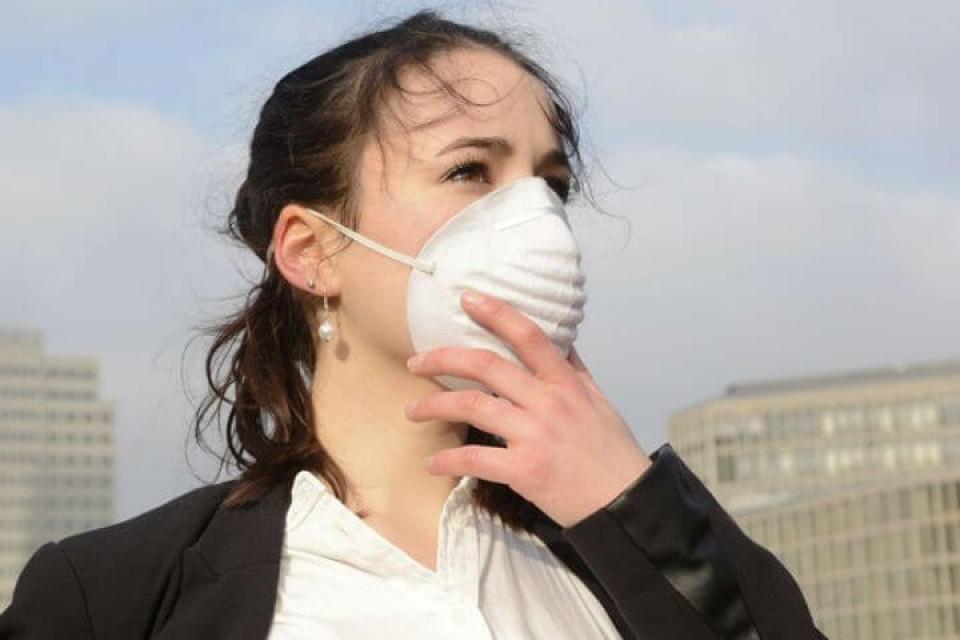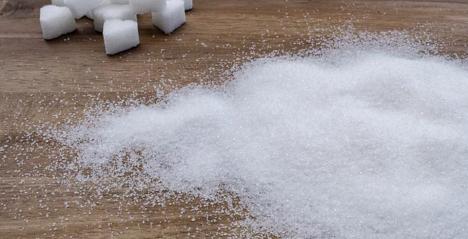International Medical Clinic (IMC) specialises in family, paediatric and travel medicine, with the medical needs of the international community of Singapore and South East Asia very much in mind.
During the recent haze concerns, various issues and confusion arose over the types of masks to purchase and their usage. Below is an overview of what is available and their various uses.
N95 mask
N95 masks filters the air before it is inhaled by the person wearing the respirator. N95 masks need to be properly fitted and correctly worn to be of any use. A lot of respiratory effort is needed to breathe through them and prolonged use can cause headaches (from lack of oxygen) as well as pressure effects on the skin and ear lobes. They are uncomfortable to wear for long periods and may actually be harmful in some situations. Young children, some elderly people, people with severe lung disease, heart disease or stroke, and pregnant women in their 2nd and 3rd trimesters and those in a low oxygen environment (e.g. on a plane) should not wear N95 masks unless advised by their doctor. People who are already breathless at rest should not wear the N95 mask.
During the haze:
N95 masks are recommended for individuals who need to undertake prolonged and strenuous work outdoors when air quality is in the very unhealthy range. N95 masks are not needed for:
- short exposure, like commuting from home to school or work
- in an indoor environment
What about children? Children’s N95 masks are not available.
The N95 masks that are currently available have not been designed by the manufacturer for use in children. Further, to be effective, N95 masks need to maintain a well-fitted seal at all times, which may be difficult to achieve in young children. In addition, young children may find it uncomfortable to wear a tight-fitting mask and will very likely adjust the mask that is worn, reducing the effectiveness of the mask.
Children should adhere to the recommendation to minimize outdoor activity at PSI levels above 100, and avoid outdoor activity if PSI levels reach higher than 200.
Surgical masks
Surgical masks are designed to prevent the respiratory secretions of the person wearing the mask from entering the air. A surgical mask placed on the patient helps prevent the release of infection from the patient’s airway into the environment. In situations where a N95 mask is not suitable, a high filtration surgical mask that is properly fitted still affords some protection. The coloured side should face outwards, the strings should be tied to fit the mask firmly to the face, the metallic strip should be bent to fit securely over the bridge of the nose and the lower part of the mask should be pulled under the chin. Children can wear surgical masks. You should wear a surgical mask if you have a respiratory illness and on the way to see a doctor.
Brought To You By Expat Choice










